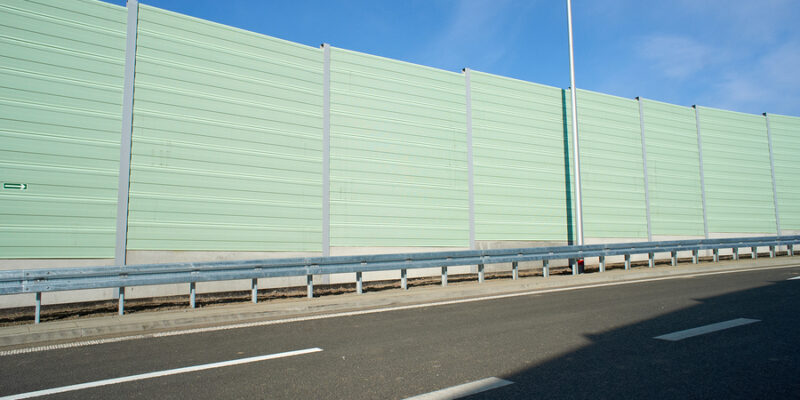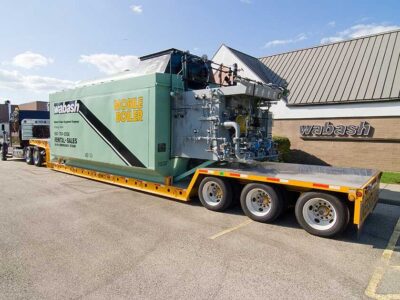City life has its perks — late-night food, walkable streets, and the thrill of having everything just a short MRT ride away. But there’s one thing urban dwellers know all too well: noise. The relentless rumble of traffic, the screech of trains, the construction that never seems to stop, it’s the background soundtrack we didn’t ask for.
While it might seem like just an inconvenience, constant noise exposure can wear you down over time, mentally, physically, and emotionally. That’s why noise control barriers exist. But do they actually work, or are they just another piece of expensive urban décor?
Let’s break it down.
What Are Noise Barriers?
You’ve probably seen them, those long, usually grey or green walls running alongside highways or rail lines. Not exactly a design statement, but they’re there for a reason.
Noise reduction barriers are physical structures built specifically to reduce the transmission of sound from noisy sources (think traffic, trains, factories) to nearby areas where people live, work, or unwind. They come in a range of materials — concrete, metal, acrylic, timber, and even purpose-built acoustic panels, each designed to either absorb, deflect, or block sound waves.
Some cities are even experimenting with “green noise walls” that incorporate vertical gardens, combining function with aesthetics.
Why Cities Can’t Ignore Noise Pollution
Urban noise isn’t just annoying. It’s been linked to serious health and social issues:
- Poor sleep quality — and we all know what a bad night’s sleep does to your mood and productivity.
- Increased stress levels, which can creep up even if you don’t realise it.
- Higher risk of cardiovascular disease — yes, really.
- Reduced concentration and learning ability, especially in children near schools close to busy roads.
Noise doesn’t just interrupt conversations. It chips away at mental well-being over time. That’s why noise barriers are necessary in densely populated areas.
Do Noise Barriers Actually Make a Difference?
The short answer: yes. But like most things in life, they work best when designed and placed properly.
The science behind them is fairly straightforward. Sound travels in waves. A solid barrier in its path either reflects the sound back, absorbs it, or diverts it away from people.
A well-designed noise barrier can reduce perceived sound levels by 10 to 15 decibels, and trust us, that’s a noticeable drop.
But here’s the catch: effectiveness depends on a few key factors:
- Height and length – taller and longer barriers offer better coverage. A gap at the end? That’s a weak point.
- Material choice – denser materials like concrete or specially engineered acoustic composites are more effective at blocking low-frequency sounds like truck engines.
- Placement – barriers should be as close as possible to the noise source or the area you’re protecting. A few metres off can reduce their effectiveness.
- Design features – some modern barriers have curved tops or angled faces to redirect sound upwards or away from populated areas.
What About Other Solutions?
Noise barriers are effective, but they’re not always the whole solution. They work best when combined with other noise-reduction strategies:
- Landscaping – rows of trees or earth berms can complement barriers and soften sound naturally.
- Building insulation – double-glazed windows, acoustic ceiling panels, and insulated doors all help inside the home or office.
- Smart urban planning – zoning noisy areas (like industrial zones) away from residential areas reduces the need for constant noise management.
- Personalised interior solutions – especially in places like Singapore, using products like acoustic panels indoors, can improve room acoustics without major renovation.
How Does Singapore Handle This?
In land-scarce and densely packed Singapore, there’s little room to push noisy infrastructure far from where people live. That means noise control has to be smarter, not just bigger.
LTA and HDB developments increasingly incorporate noise barriers, especially near elevated MRT lines and major expressways. And with new tech coming into play, we’re seeing more stylish, transparent, and even green-clad options.
Even for private homes and condos, there’s a growing market for customised acoustic solutions — not just to block outside noise but to improve the interior sound experience. Whether it’s a peaceful bedroom, a quiet Zoom call, or better TV acoustics, people are starting to prioritise how their space sounds, not just how it looks.
Are They Worth the Investment?
Yes, but with realistic expectations.
Noise barriers won’t create total silence. They’re not magic walls. But they can reduce harmful, irritating noise to a level where it no longer disrupts your day-to-day life. And when combined with smart planning and interior acoustic treatments, the results can be impressive.
Plus, noise barriers aren’t just about health — they can improve property values, boost liveability, and make outdoor spaces (think balconies, playgrounds, and gardens) more usable.
Final Thoughts: Don’t Underestimate the Power of Quiet
In a world where everything is louder, faster, and more connected, quiet is a luxury — but it shouldn’t be. Thoughtfully placed noise barriers are one of the most effective, cost-efficient ways cities can protect the mental and physical well-being of their residents.
So, the next time you’re stuck in traffic next to a plain, towering wall, don’t dismiss it. It might be one of the unsung heroes of urban life, keeping thousands of people just a little more sane on the other side.












Comments